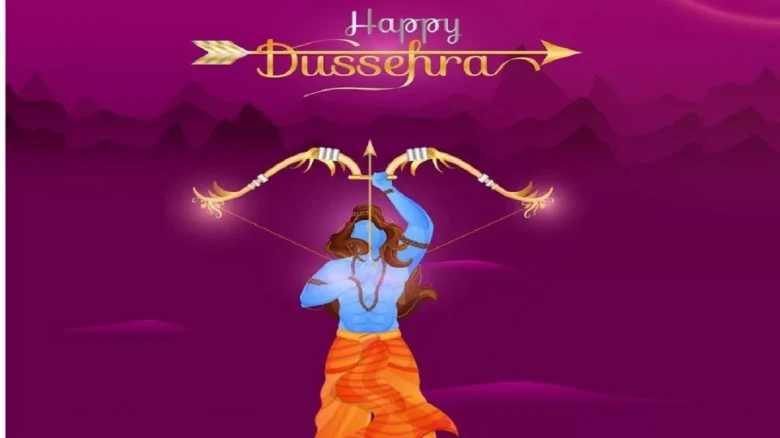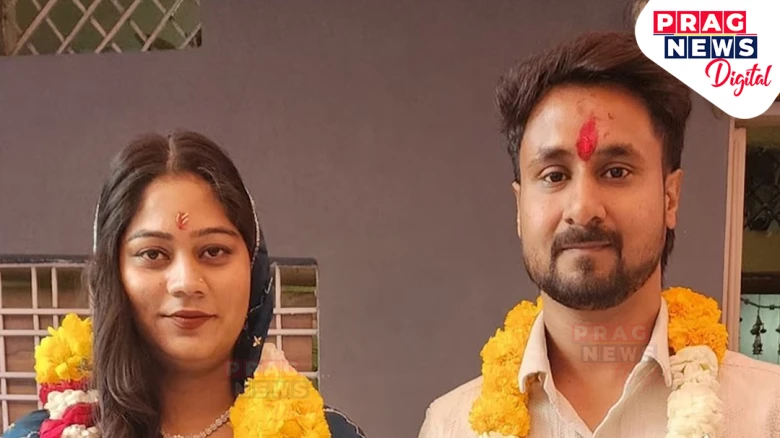Falling on the Dasmi Tithi of Ashwin in Shukla Paksha, Dussehra holds deep spiritual and...
Digital Desk: Dussehra, a sacred festival for Hindus, is celebrated with immense fervor and devotion throughout India. This significant occasion marks the victory of good over evil and is observed on the tenth day of Navratri. Falling on the Dasmi Tithi of Ashwin in Shukla Paksha, Dussehra holds deep spiritual and historical significance. On this day, two pivotal events took place in Hindu mythology: the slaying of the demon king Mahishasura by Goddess Durga and the vanquishing of Ravana by Lord Ram.
Dussehra, also known as Vijayadashami or Bijoya in Bengal, resonates with people of all ages and backgrounds. It's a time of jubilation and reflection where individuals engage in traditional dances like Dandiya and Garba during the nine days of Navratri while offering prayers to the divine goddess. The essence of Dussehra and Vijayadashami lies in celebrating the victory of righteousness over malevolence, and it underscores the need for individuals to conquer fear, greed, and negative thoughts, embracing positivity in their thoughts and actions.
Dussehra 2023 Date and Shubh Muhurat
On October 24, Dussehra, or Vijayadashami, is observed. According to Drik Panchang, the Vijaya Muhurat starts at 1:58 and concludes at 2:43. It is puja time in the afternoon, from 1:13 to 3:28. The Shravana Nakshatra spans from October 22 at 6:44 pm to October 23 at 5:14 pm, while the Dashami Tithi begins on October 23 at 5:44 pm and ends on October 24 at 3:14 pm.
Dussehra 2023, Puja Vidhi
On Vijayadashami, several rituals are performed, including Seema Avalanghan, Aparajita Puja, and Shami Puja. According to Drik Panchang, these ceremonies should be conducted during Aparahna time. Dussehra is intrinsically linked to both Navratri and Durga Puja, even though it's not a component of either. On this day, idols of Goddess Durga are immersed in holy water, marking the culmination of the Navratri celebrations. In contrast, effigies of Ravana, Meghnad, and Kumbhakaran are set ablaze as a symbolic act of triumph over evil.
A unique tradition observed by some is the application of tikka, made from a mixture of rice, yogurt, and vermilion, on their family members' foreheads. This symbolic act is believed to invoke the blessings of Goddess Durga and seek prosperity and joy for the family. The crimson hue of the tikka symbolizes the strength of familial bonds and the togetherness that this auspicious day fosters.
Dussehra is not just a festival; it is a reminder of the eternal battle between good and evil, encouraging people to embrace the light within and overcome the darkness. It serves as a symbol of hope, righteousness, and the triumph of virtue. On this auspicious day, families come together to celebrate and create enduring memories, cherishing the values of love, unity, and positivity that Dussehra represents.









Leave A Comment